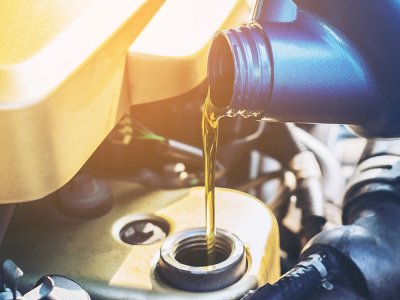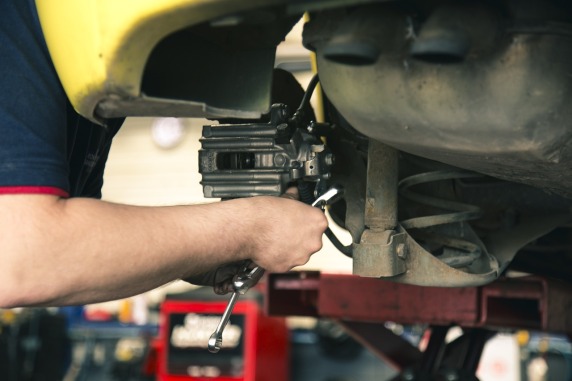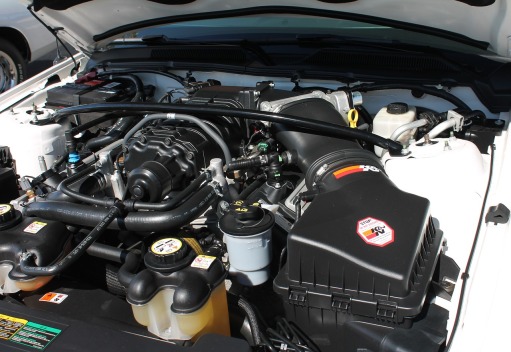Over the last few years, violent storms have caused major flooding in several major towns and districts in the US. This has resulted in millions worth of damages, destroying homes, infrastructure, and other properties like cars.

Given the investment that is a car purchase, people in flood-prone areas should know what to do with their vehicles during such calamities. Here are some ways to protect your car from flood damage:
When driving through possibly flooded areas, try to find a different route to avoid driving through floods altogether. Attempts at driving through floods should be considered last resort.
If you do end up driving through flooded areas, assess the situation first. Try to look for indicators of water depth. Spot if there are other vehicles trying to cross and compare your vehicle with theirs.
When treading a flood, always drive on the highest side of the road. This is usually the middle part of the road. If you are familiar with the road, try to remember if the locations of potholes and avoid them. Keep the car in first gear and keep your speed down to possibly 1 – 2 miles per hour. This creates more traction and helps you stay in control of your car.

For parked vehicles, car owners should consider those large Ziploc bags for cars as protection if moving the car to a safe location is not possible.
Nearing 30 years in the industry, Accelerated Service International has an assortment of tools to help their agents settle deals with clients. For more information about their services, visit this blog.



